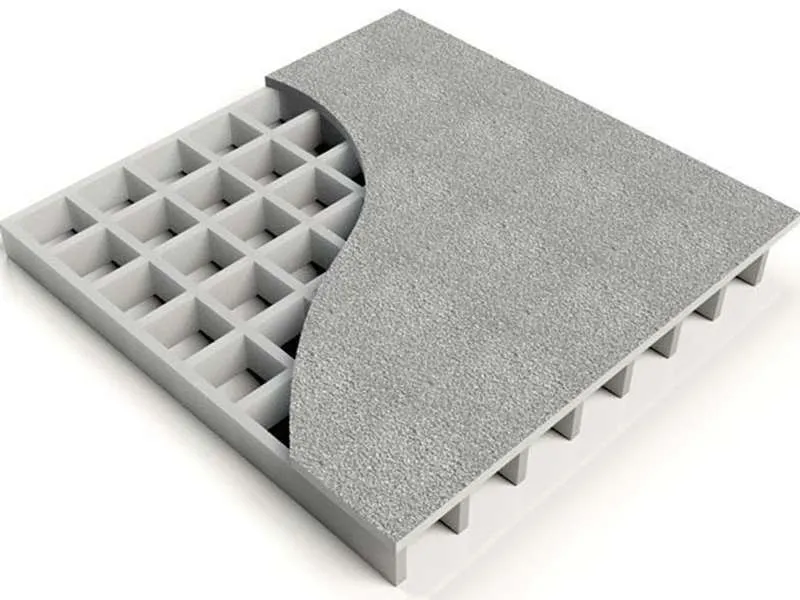
-
 Afrikaans
Afrikaans -
 Albanian
Albanian -
 Amharic
Amharic -
 Arabic
Arabic -
 Armenian
Armenian -
 Azerbaijani
Azerbaijani -
 Basque
Basque -
 Belarusian
Belarusian -
 Bengali
Bengali -
 Bosnian
Bosnian -
 Bulgarian
Bulgarian -
 Catalan
Catalan -
 Cebuano
Cebuano -
 China
China -
 China (Taiwan)
China (Taiwan) -
 Corsican
Corsican -
 Croatian
Croatian -
 Czech
Czech -
 Danish
Danish -
 Dutch
Dutch -
 English
English -
 Esperanto
Esperanto -
 Estonian
Estonian -
 Finnish
Finnish -
 French
French -
 Frisian
Frisian -
 Galician
Galician -
 Georgian
Georgian -
 German
German -
 Greek
Greek -
 Gujarati
Gujarati -
 Haitian Creole
Haitian Creole -
 hausa
hausa -
 hawaiian
hawaiian -
 Hebrew
Hebrew -
 Hindi
Hindi -
 Miao
Miao -
 Hungarian
Hungarian -
 Icelandic
Icelandic -
 igbo
igbo -
 Indonesian
Indonesian -
 irish
irish -
 Italian
Italian -
 Japanese
Japanese -
 Javanese
Javanese -
 Kannada
Kannada -
 kazakh
kazakh -
 Khmer
Khmer -
 Rwandese
Rwandese -
 Korean
Korean -
 Kurdish
Kurdish -
 Kyrgyz
Kyrgyz -
 Lao
Lao -
 Latin
Latin -
 Latvian
Latvian -
 Lithuanian
Lithuanian -
 Luxembourgish
Luxembourgish -
 Macedonian
Macedonian -
 Malgashi
Malgashi -
 Malay
Malay -
 Malayalam
Malayalam -
 Maltese
Maltese -
 Maori
Maori -
 Marathi
Marathi -
 Mongolian
Mongolian -
 Myanmar
Myanmar -
 Nepali
Nepali -
 Norwegian
Norwegian -
 Norwegian
Norwegian -
 Occitan
Occitan -
 Pashto
Pashto -
 Persian
Persian -
 Polish
Polish -
 Portuguese
Portuguese -
 Punjabi
Punjabi -
 Romanian
Romanian -
 Russian
Russian -
 Samoan
Samoan -
 Scottish Gaelic
Scottish Gaelic -
 Serbian
Serbian -
 Sesotho
Sesotho -
 Shona
Shona -
 Sindhi
Sindhi -
 Sinhala
Sinhala -
 Slovak
Slovak -
 Slovenian
Slovenian -
 Somali
Somali -
 Spanish
Spanish -
 Sundanese
Sundanese -
 Swahili
Swahili -
 Swedish
Swedish -
 Tagalog
Tagalog -
 Tajik
Tajik -
 Tamil
Tamil -
 Tatar
Tatar -
 Telugu
Telugu -
 Thai
Thai -
 Turkish
Turkish -
 Turkmen
Turkmen -
 Ukrainian
Ukrainian -
 Urdu
Urdu -
 Uighur
Uighur -
 Uzbek
Uzbek -
 Vietnamese
Vietnamese -
 Welsh
Welsh -
 Bantu
Bantu -
 Yiddish
Yiddish -
 Yoruba
Yoruba -
 Zulu
Zulu
grp pipe
The Significance of GRP Pipes in Modern Infrastructure
Glass Reinforced Plastic (GRP) pipes have gained significant traction in recent years due to their impressive properties and versatility. As infrastructure demands continue to escalate, the application of GRP pipes in various sectors is becoming increasingly essential. This article will explore the reasons behind the growing popularity of GRP pipes, their advantages, and their role in shaping modern infrastructure.
.
One of the most compelling advantages of GRP pipes is their resistance to corrosion. Unlike metal pipes that can succumb to rust and deterioration when exposed to moisture and various chemicals, GRP pipes remain unaffected by such conditions. This attribute makes them particularly suitable for applications in harsh environments, such as sewage treatment plants, chemical processing facilities, and marine applications. The longevity of GRP pipes, often exceeding 50 years, represents a substantial economic advantage, as it minimizes the frequency and cost of maintenance and replacement.
grp pipe

In addition to their corrosion resistance, GRP pipes provide excellent thermal and acoustic insulation properties. These characteristics are particularly valuable in scenarios where temperature fluctuations and noise reduction are critical, such as in water distribution systems and industrial processes. The ability of GRP pipes to maintain thermal stability ensures that the temperature of transported fluids remains consistent, thus preserving system efficiency.
Another essential aspect to consider is the environmental impact of GRP pipes. With an increasing focus on sustainability and eco-friendly practices, GRP pipes present a greener alternative to traditional materials. Their production process involves less energy consumption, and their durability contributes to lower waste generation over the lifecycle of the product. Furthermore, GRP pipes can be manufactured in a variety of diameters and lengths, allowing for customized solutions that can meet specific project requirements, ultimately reducing the need for additional fittings and connections.
The application of GRP pipes is vast, encompassing sectors such as water management, sewage systems, oil and gas transportation, and telecommunications. As cities grow and the demand for efficient and reliable infrastructure increases, GRP pipes are poised to play a pivotal role. They offer a practical solution to widespread issues such as water leakage, contamination, and infrastructure decay, which are often faced by aging traditional systems.
In conclusion, the significance of GRP pipes in modern infrastructure cannot be overstated. Their unique combination of strength, durability, and environmental friendliness makes them an ideal choice for a multitude of applications. As we continue to innovate and respond to the challenges posed by urbanization and climate change, GRP pipes stand out as a forward-thinking solution that embraces the future of infrastructure development. The increasing adoption of this technology is not only a testament to its effectiveness but also a reflection of our commitment to building a sustainable and resilient future.
Latest news
-
Exploring the Benefits of Top Hammer Drifter Rods for Enhanced Drilling PerformanceNewsJun.10,2025
-
High-Precision Fiberglass Winding Machine for GRP/FRP Pipe Production – Reliable & Efficient SolutionsNewsJun.10,2025
-
FRP Pipes & Fittings for Shipbuilding - Corrosion-Resistant & LightweightNewsJun.09,2025
-
Premium FRP Flooring Solutions Durable & Slip-ResistantNewsJun.09,2025
-
Premium Fiberglass Rectangular Tanks Durable & Lightweight SolutionNewsJun.09,2025
-
Tapered Drill String Design Guide Durable Performance & UsesNewsJun.09,2025









